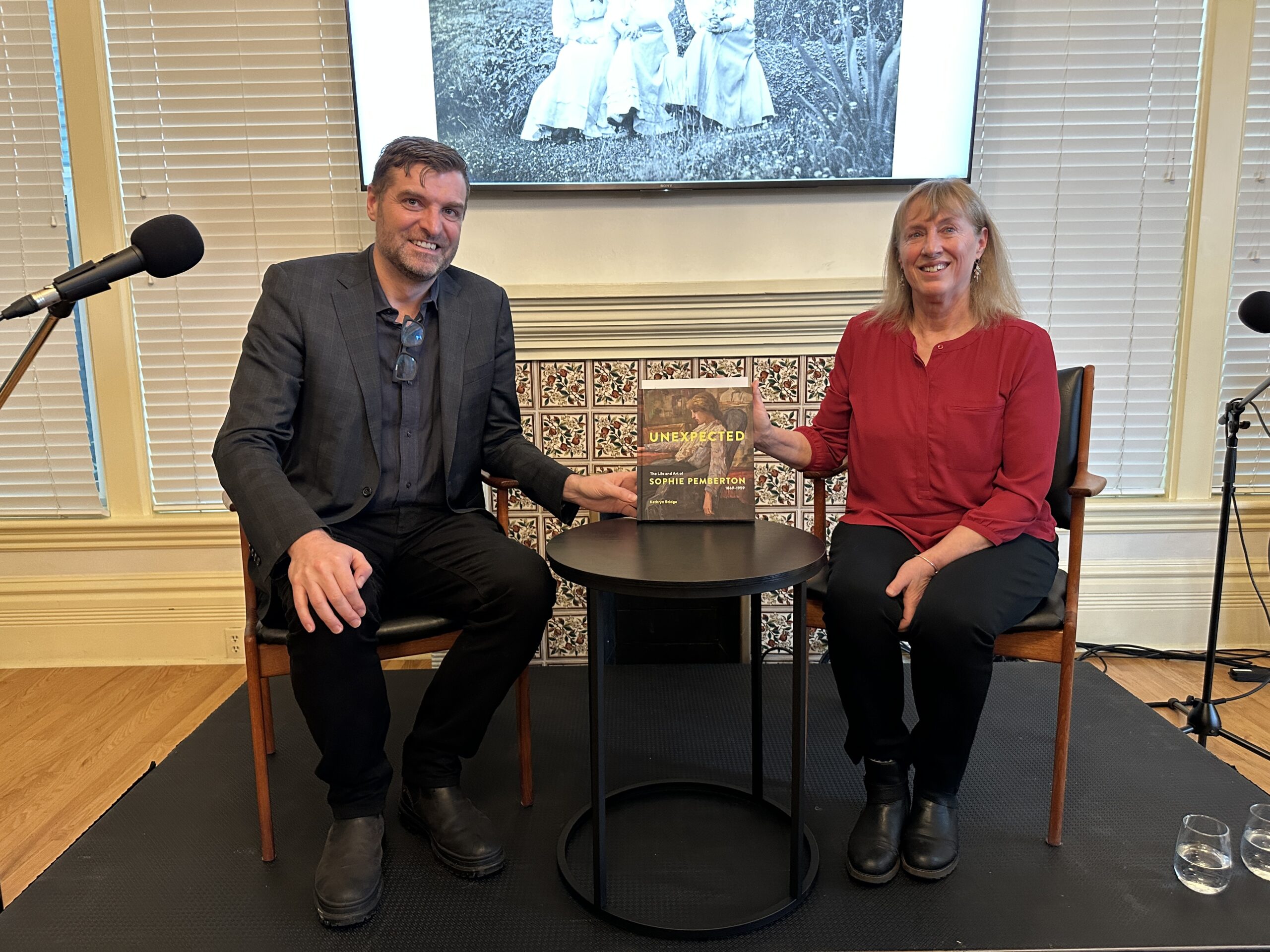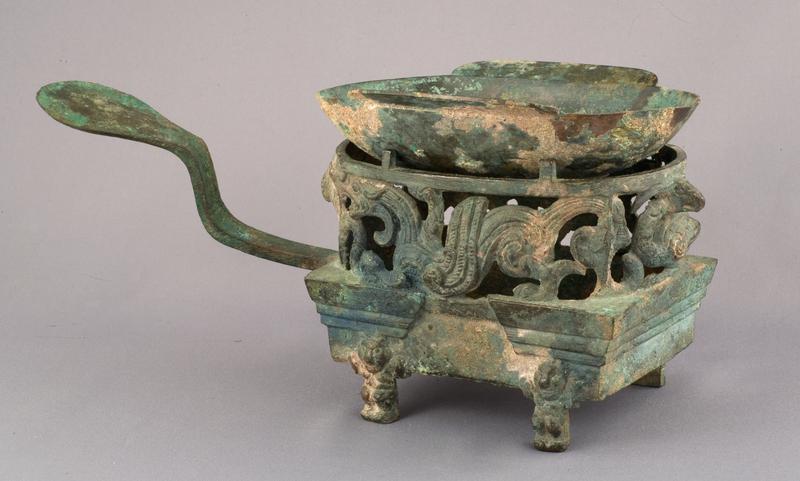The current exhibition The Places We Live In considers the many ways artists interpret the natural world around them, from the micro to the macro. The range of works featured here is equally varied! This issue of Art Terms takes a few wide-ranging, unrelated, examples from this exhibition.
1. Biomorphism
Biomorphism in art refers to a movement in the early 20th century to create abstraction whereby the visual language is modelled on naturally occurring shapes, patterns and biological forms. The result is a fluid, curvilinear aesthetic, such as the lithograph by Wassily Kandinsky (1866-1944) below. Kandinsky was interested in the spiritual and musical aspects of abstract art and used biomorphic forms to create some of his best known abstract paintings.
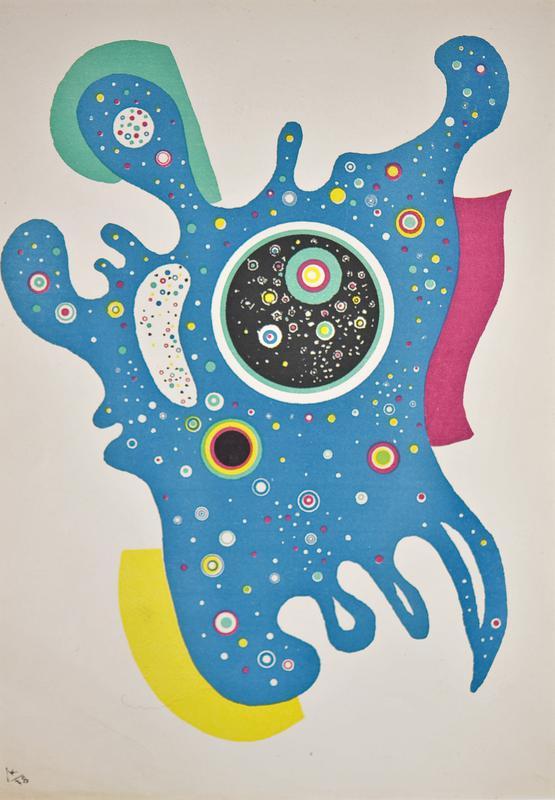
2. Brushrest
The brushrest is a common implement on the Chinese and Japanese scholar’s desk, upon which different types of brushes for calligraphy and painting are placed while being used. The typical brushrest shape of peaks and valleys lends to the much-favoured decorative theme of mountain landscapes. The visual setting of idyllic mountains and countryside sets the mood and inspiration for the literati scholar to create poetry, calligraphy and painting at their desk.
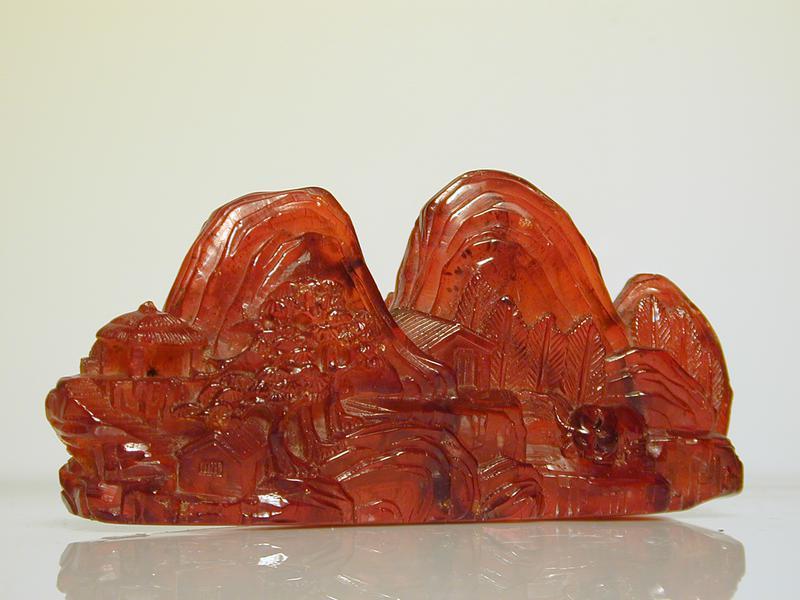
3. Inro
The inro is a traditional Japanese carrying case, small enough to be hung from a belt or sash of a kimono. Its small size limits what may be carried in it, usually containing medicine or tobacco. As a popular accessory for men, the inro is highly decorated, lacquer being one of the most common materials used for decoration.
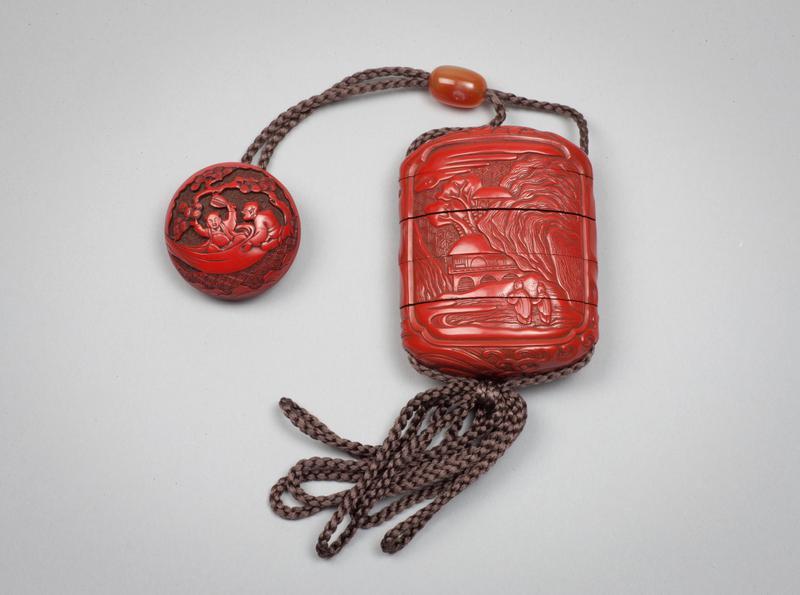
4. “Sanshui” painting
Traditional Chinese landscape painting is known as “sanshui”, literally meaning ‘mountain and water’.
This style of painting, however, may not necessarily faithfully document a site or place, as might be seen in western paintings. What is rendered in landscape painting from China and Japan is often more of an impression or feeling of the landscape, an idea or attitude toward life. It also sets a frame of mind towards more abstract goals in life in general.
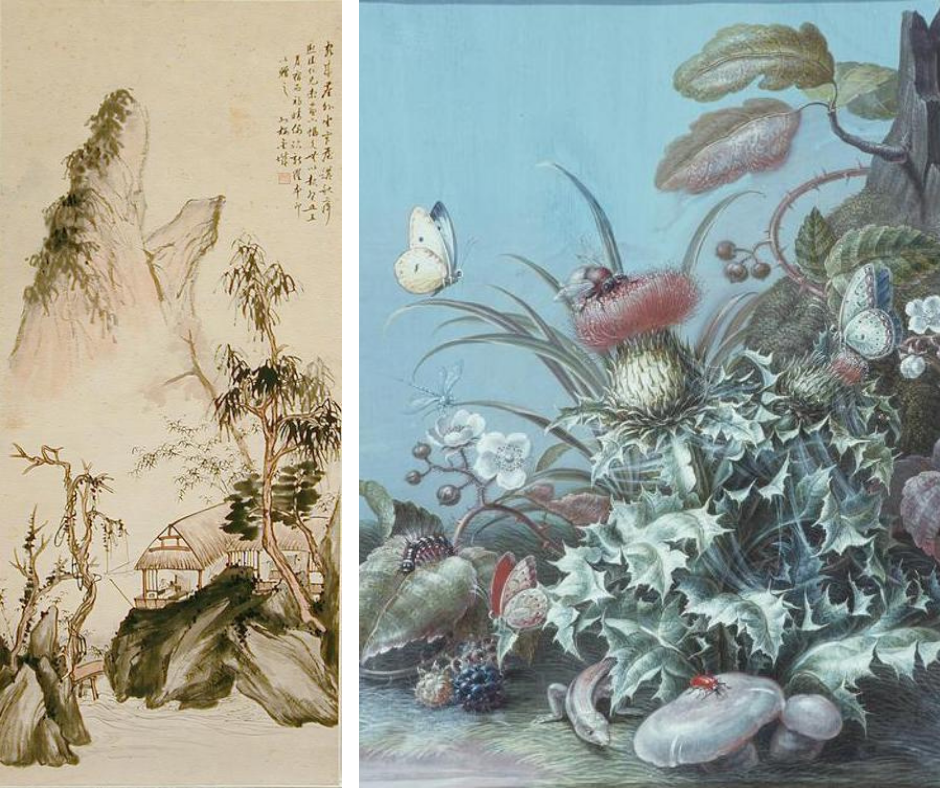
5. Natural History
Art and science cross over in natural history where art has long been used to faithfully record nature. Unlike botanical art, which records in painstaking detail the characteristics of a plant or flower, natural history art takes botany and entomology into its natural setting, both forms inter-related and mutually dependent. The painting by Christov Ludwig Agricola (16767-1719) is a prime example of this type of art.
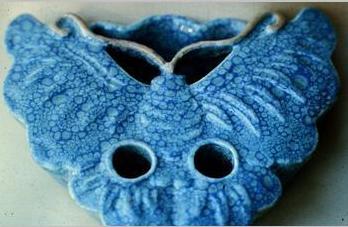
6. Zoomorphism
The word ‘zoomorphism’ is derived from the Greek to mean ‘animal’. In art, it means several things, such as the portrayal of human in non-human, animal form, or using animals as a visual motif. The latter is the case for the water pot illustrated above, where a vessel is shaped like a butterfly.
The Places We Live | Founders Gallery | October 30, 2021 – June 5, 2022 | Curated by Mel Granley, Nicole Stanbridge and Heng Wu


